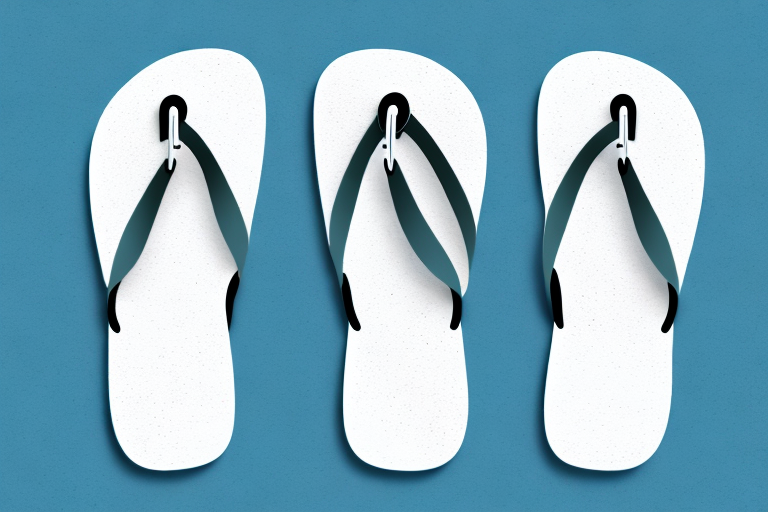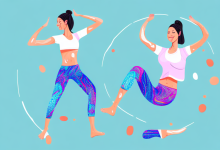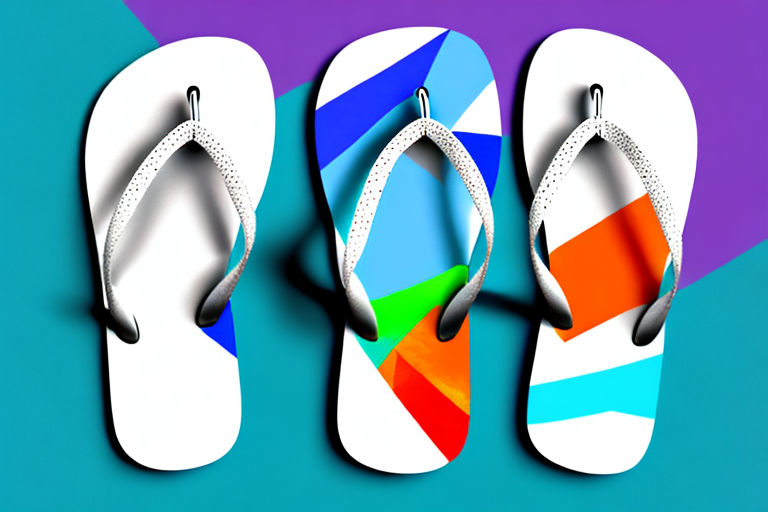Clog sandals and mule sandals are two of the most popular summer shoe styles. Generally, clogs are known for providing extra coverage, cushioning and support, while mules are associated with a more minimal and lightweight design. But what’s the real difference between them? We’ve put together a comprehensive guide to help you decide which is the right shoe for you.
Understanding the Differences between Clogs and Mules
Clogs are a type of shoe made of rigid materials such as leather, plastic, or rubber. They feature an upper that is either open-backed or backless, with a wide buckled strap across the top of the foot. Clogs feature a thicker sole that provides extra cushioning and support, making them ideal for those on their feet all day. Popular brands include Birkenstock and Dansko.
Mules, on the other hand, are less supportive than clogs and feature a more minimal design. Mules are typically constructed using softer materials such as suede or canvas, although some styles include leather options. The upper usually consists of a single piece that wraps around the back and sides of the foot, secured with straps or laces. While still comfortable, mules don’t provide as much support as clogs and are preferred for their airy, lightweight feel.
Pros and Cons of Clog Sandals
Clogs can be a good choice for those looking for an extra layer of cushioning and protection for their feet. Clogs are generally sturdier than mules and can provide support on prolonged walks or while standing. Additionally, they’re often made to be water-resistant so they can handle light rain or splashes at the beach with ease.
The downside of clogs is that they tend to be heavier and more cumbersome than other styles. Depending on the materials used and the construction, they may also cause discomfort on your feet if worn for extended periods of time.
Pros and Cons of Mule Sandals
Unlike clogs, mules often feature a more minimalist and lightweight design. This makes them ideal for beach days or hot weather when you want to keep your feet cool and comfortable. Additionally, since they require fewer straps or laces, they’re generally easier to put on and take off than clogs.
However, because of their lack of cushioning and support, mules may not be the right choice if you’re going to be spending long days on your feet. Additionally, due to their open design, mules may also be less durable than clogs in inclement weather.
Key Considerations for Selecting the Right Shoe for You
When deciding which style of sandal is the best option for you, there are several factors to consider. One of the most important is the activity you plan to wear them for – if you plan to go walking or hiking, you may want to opt for the more supportive clog instead of the lighter mule. Secondly, consider your climate – if you live in an area with frequent rain or snow, you may want more coverage that clogs provide.
Additionally, your personal preference should play a role in your decision – if traditional sandal design isn’t something that you like, you may want to look at styles like mules that feature more of a modern look.
Finding the Right Size, Fit, and Style
No matter which style of sandal you choose, there are a few key tips to keep in mind. Always make sure to buy sandals in the correct size; this will help ensure comfort and avoid blisters. You’ll also want to ensure that you select a style that fits well in terms of toe spread, heel lock, and arch support.
Beyond fit considerations, it’s important to consider material when selecting clogs or mules. Suede is often used for mules and can provide a slightly more structured fit than canvas. Additionally, waterproof materials like rubber can be beneficial if you plan to wear the shoes in wet conditions.
What to Look for When Shopping for Clogs or Mules
When shopping for either clogs or mules, look for trusted brands with good reputations. Popular brands such as Birkenstock and Dansko have perfected their designs over decades of practice and are worth looking into when selecting your sandal of choice. Additionally, many brand-name models come in different colorways so you can opt for one that best fits your aesthetic.
Popular Brands and Styles of Clog and Mule Sandals
Birkenstock is one of the most popular brands when it comes to both clogs and mules. They make several styles such as the classic Gizeh slip-on mule and the Arizona clog sandal – both high-quality options for any season.
Other brands include Dansko, whose professional clog is well-known for its comfort and support; Taos Footwear, who specialize in stylish mules; and UGG, who offer a range of waterproof clogs.
Care and Maintenance Tips for Clog and Mule Sandals
Proper care is essential in keeping your clogs or mules looking like new. For leather sandals, polishing them regularly will help protect them from wear-and-tear. If you plan on taking your sandals outdoors in wet conditions, opt for leather protectant sprays or waterproofing waxes.
For fabric sandals, try to avoid getting them too wet. If they do get wet, avoid leaving them in hot conditions where they might dry and shrink. Always store your sandals in a cool, dry place when not in use.
Conclusion: Which Is the Right Shoe for You?
Clogs and mules both have advantages and disadvantages which make them good choices for different occasions. If you’re going to be on your feet all day, need extra cushioning, or are going to be outdoors in wet or muddy conditions – clogs might be the best choice for you. On the other hand, if you’re looking for something lightweight and breathable – mules might be a better option.
At the end of the day it’s all about preference – think about what types of activities you plan to do with your sandals and which characteristics matter most to you. Take your time to find the right match – it’s out there!



